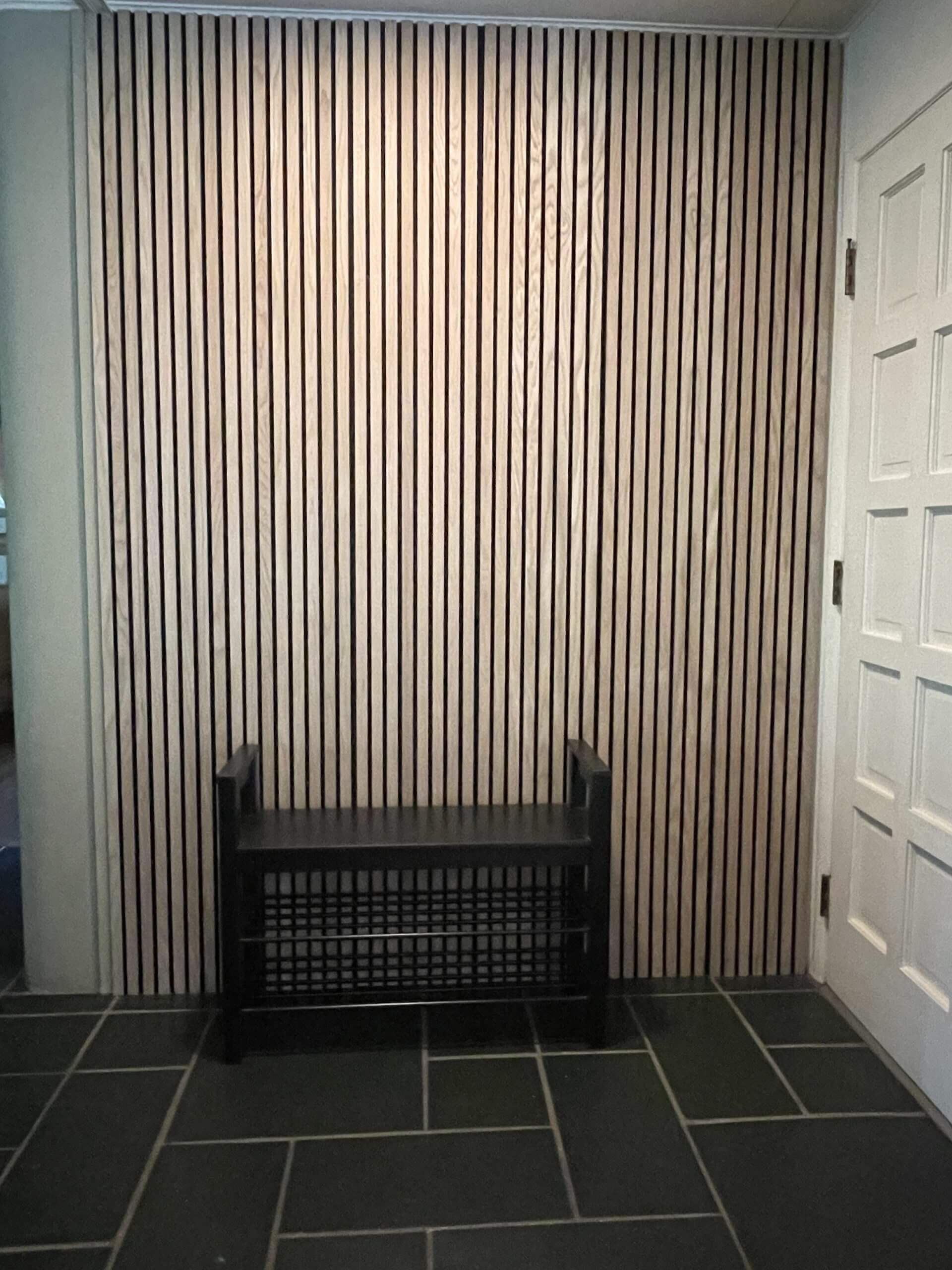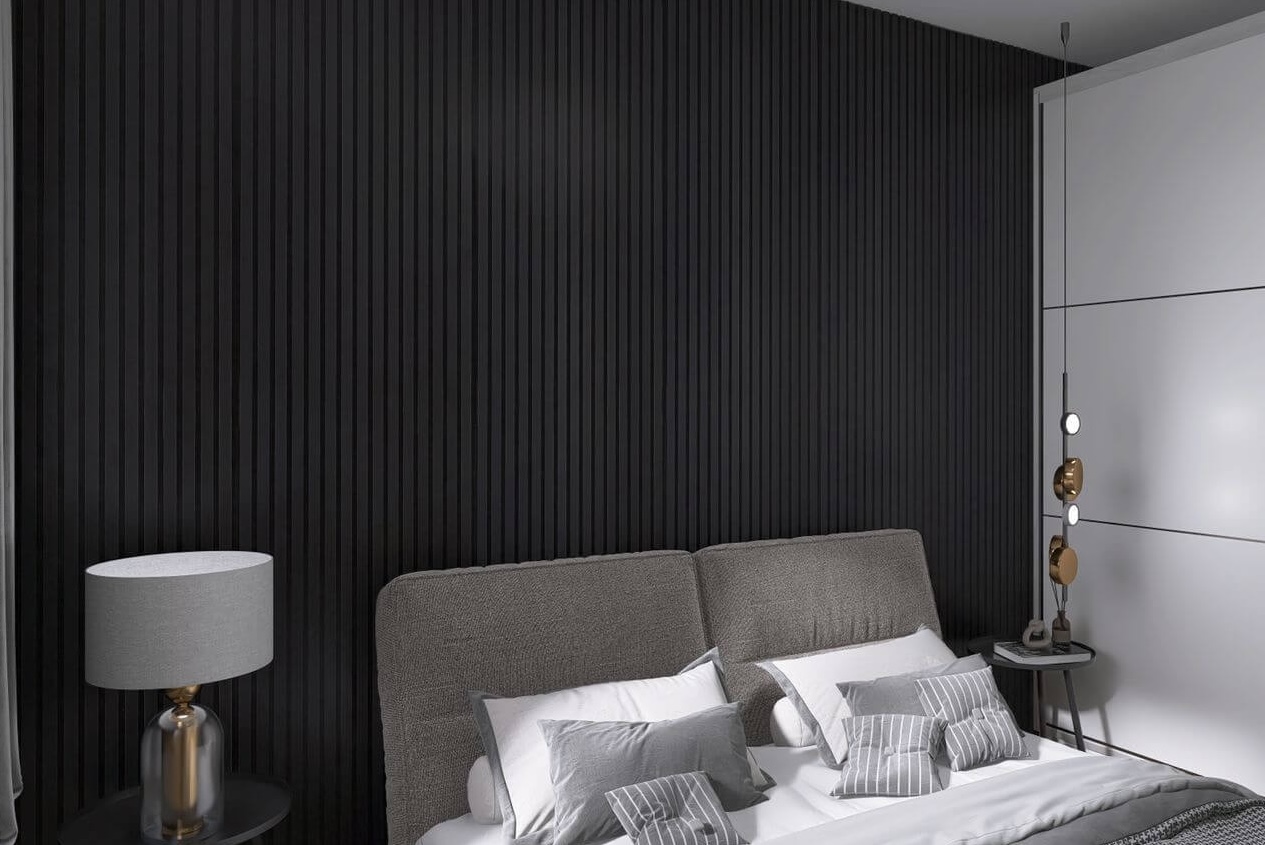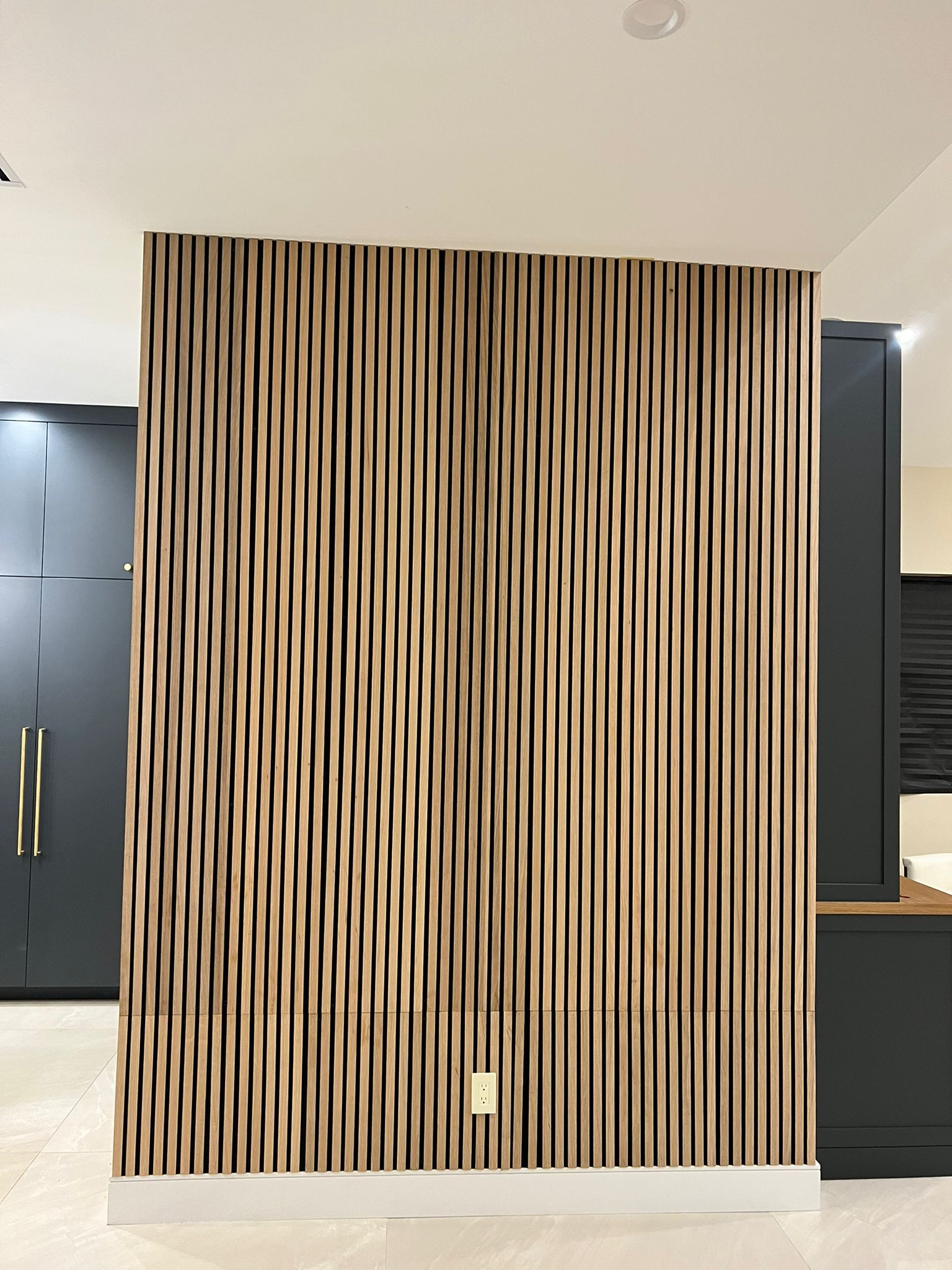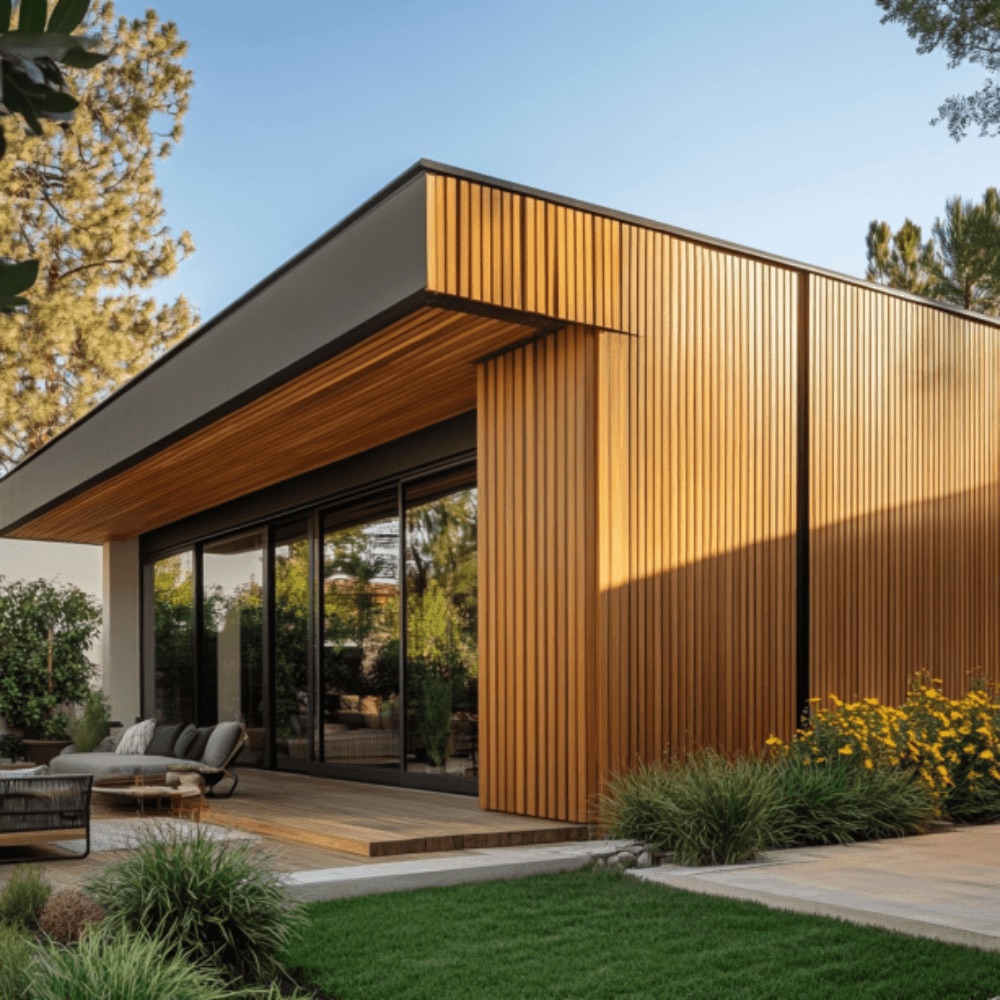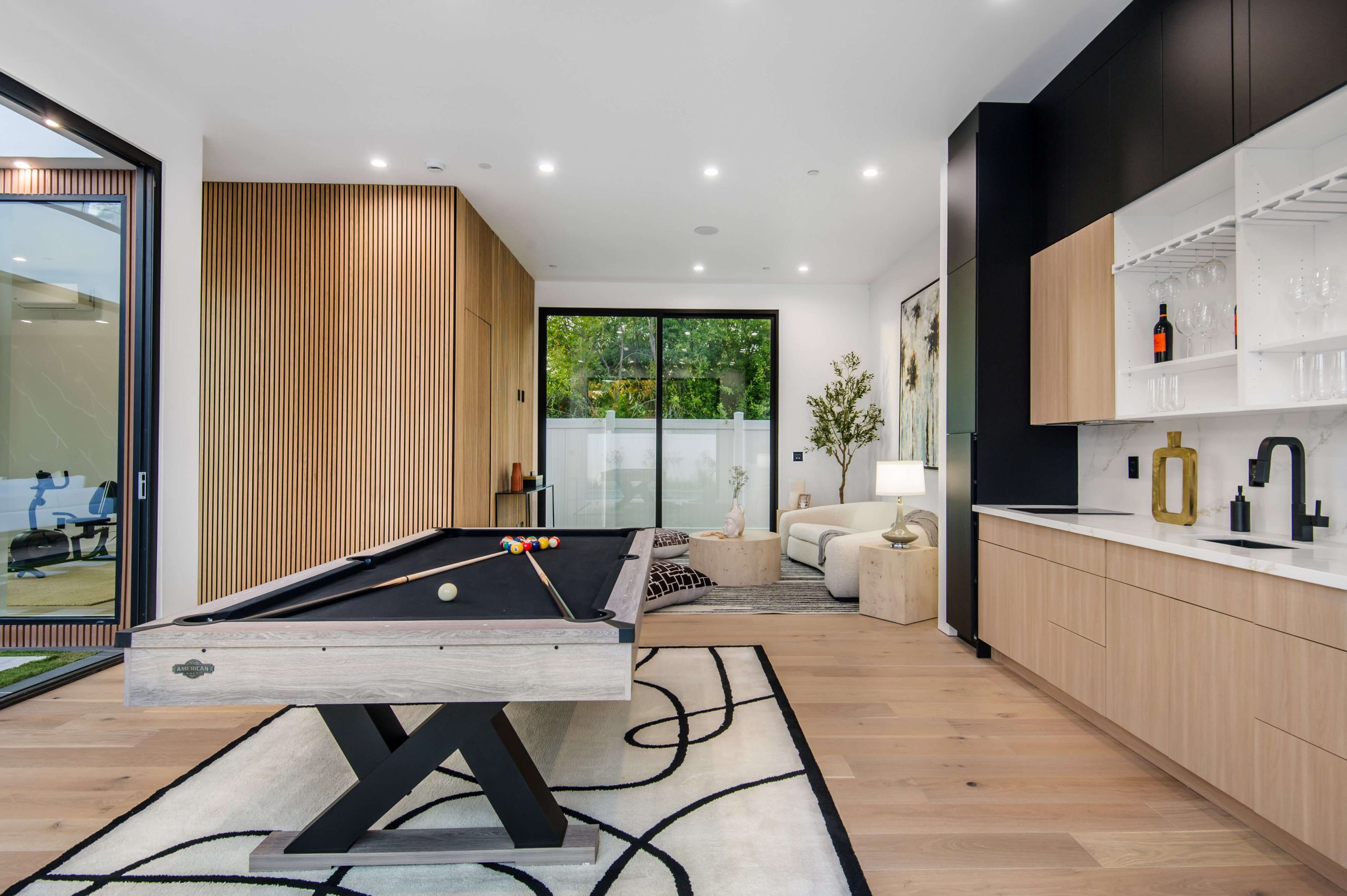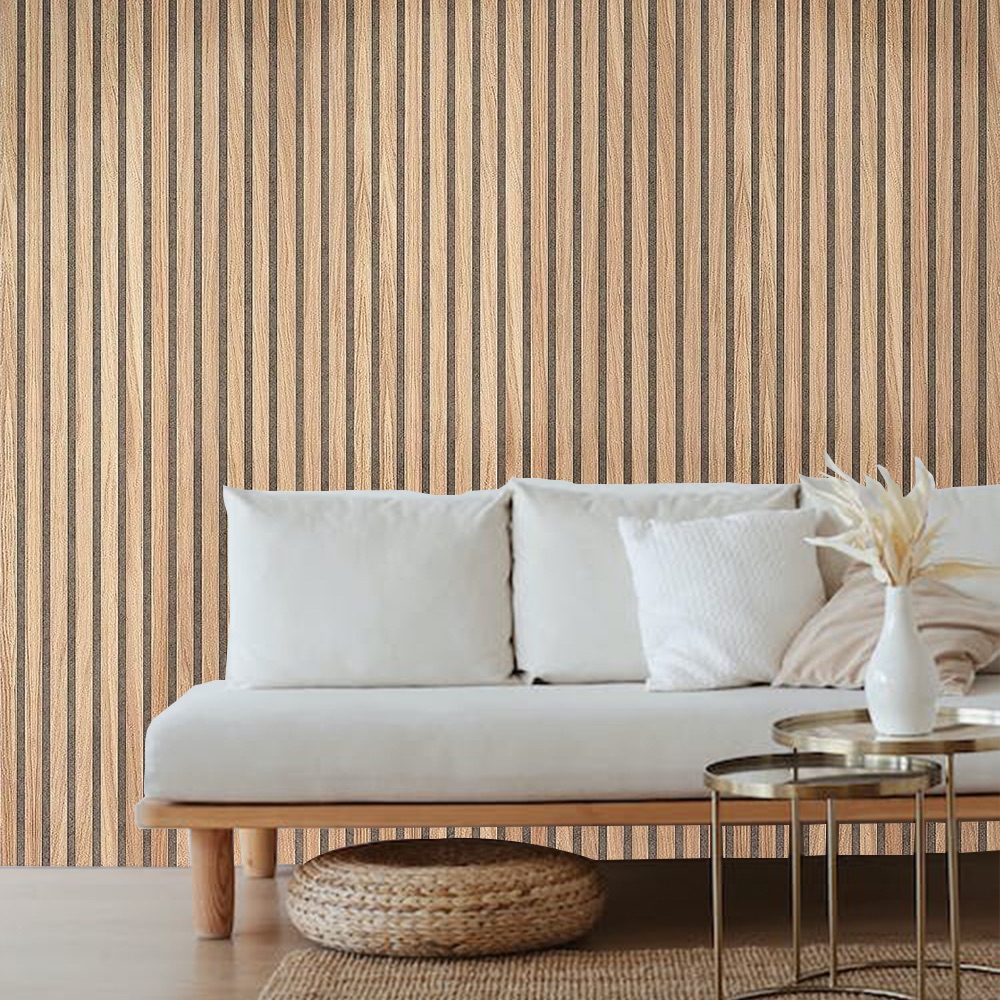When it comes to wall paneling projects, selecting the right wood type is crucial for both aesthetics and durability. Whether you’re a DIY enthusiast looking to enhance your home or a professional aiming to deliver quality results, understanding different wood options can significantly impact the outcome. This guide covers the most popular wood types for wall paneling projects, helping you make an informed decision.
1. Why Choose Wood for Wall Paneling Projects?
Wood is a timeless choice for wall paneling projects due to its natural warmth, variety of finishes, and durability. Whether it’s for a rustic farmhouse look or a sleek, modern interior, wood panels can transform any space.
- Natural Beauty: Wood offers unique grain patterns that add texture and depth to interiors.
- Versatility: It comes in many styles and finishes, from stained and painted to untreated for a natural look.
- Durability: Certain wood types are incredibly resilient, making them ideal for high-traffic areas.
For those considering wall paneling projects, wood remains a top contender for its balance between form and function.
2. Best Wood Types for Wall Paneling Projects
Choosing the right wood type is essential for ensuring longevity and achieving the desired look. Here’s a look at some of the best options:
A. Oak: The Classic Choice
Oak is one of the most popular wood types for wall paneling projects, known for its durability and distinctive grain.
- Durability: Oak is resistant to wear and tear, making it suitable for high-traffic areas.
- Appearance: Its prominent grain pattern adds character to walls.
- Applications: Ideal for traditional and contemporary spaces.
Oak’s versatility makes it a favorite among homeowners and professionals alike, offering a timeless appeal for wall paneling projects.
B. Pine: Affordable and Adaptable
Pine is a softer wood, often chosen for its affordability and ease of installation in wall paneling projects.
- Cost-Effective: Pine is less expensive than hardwoods, making it great for budget-friendly projects.
- Versatile Finish: Easily stained or painted to match any interior style.
- Softwood Consideration: While softer than oak, pine is still durable enough for most interior applications.
For those new to wall paneling projects, pine offers a balance of affordability and adaptability, perfect for DIYers.
C. Cedar: Natural Resistance and Appeal
Cedar is well-known for its natural resistance to moisture, making it ideal for wall paneling projects in areas prone to humidity.
- Moisture Resistance: Cedar’s natural oils protect against mold and mildew.
- Aromatic: Known for its pleasant, natural scent, which can freshen indoor spaces.
- Ideal Use: Commonly used in bathrooms, saunas, or basements.
Cedar’s moisture-resistant properties make it a top choice for wall paneling projects in environments where other woods might warp or degrade.
3. Comparing Wood Types for Wall Paneling Projects
To help you choose the right wood type for your wall paneling project, here is a comparison table that highlights key characteristics:
| Wood Type | Durability | Grain Pattern | Moisture Resistance | Cost | Ideal For |
|---|---|---|---|---|---|
| Oak | High | Prominent | Moderate | $$ | Traditional and modern interiors |
| Pine | Medium | Soft | Low | $ | Budget-friendly, easy-to-stain projects |
| Cedar | Medium | Subtle | High | $$ | Moisture-prone areas like bathrooms |
This comparison provides a quick overview, helping you identify the wood that best matches the needs of your wall paneling projects.
4. Factors to Consider When Choosing Wood for Wall Paneling Projects
Selecting the right wood type involves more than just aesthetics. Here are some factors to consider:
A. Room Conditions
- Humidity Levels: If installing wood panels in humid areas, opt for moisture-resistant options like cedar.
- Traffic: High-traffic areas benefit from harder woods like oak, which can withstand more wear.
B. Budget
- Material Costs: Hardwoods like oak tend to be pricier than softwoods such as pine.
- Maintenance: Consider the long-term maintenance costs. For example, cedar may require less upkeep in damp environments.
C. Style Preferences
- Rustic Charm: Pine and cedar offer a more casual, rustic feel.
- Modern Elegance: Oak, with its sleek grain, is a better fit for modern, refined spaces.
Evaluating these factors ensures that your wall paneling project meets both your aesthetic and functional needs.
5. How to Maintain Wood Panels in Wall Paneling Projects
Proper maintenance can extend the lifespan of your wood panels. Follow these steps to keep them looking their best:
- Regular Dusting: Use a soft cloth to dust panels weekly, preventing buildup.
- Clean with a Damp Cloth: Avoid soaking the wood. A lightly dampened cloth can remove smudges without damaging the surface.
- Apply Wood Polish: Polish once or twice a year to maintain shine and protect against scratches.
- Watch for Moisture: In humid areas, use a dehumidifier to maintain balanced air moisture levels.
By following these steps, you can ensure that your wall paneling projects stay beautiful and durable over time.
6. Wood Finishes for Wall Paneling Projects
Here is a chart showcasing the various finishes available for wood used in wall paneling projects:
| Finish Type | Description | Best Suited Wood |
|---|---|---|
| Stained | Enhances natural grain and darkens wood | Oak, Pine |
| Painted | Provides a uniform color, hides imperfections | Pine |
| Clear Coating | Maintains original wood tone, adds shine | Cedar, Oak |
| Weathered | Creates a rustic, aged look | Pine, Cedar |
This chart can help you understand how different finishes can change the look of your wood paneling, giving you more control over the final appearance.
FAQs
-
What is the most durable wood for wall paneling projects?
Oak is the most durable choice for wall paneling projects, with its hard surface and resistance to scratches.
-
Can I use pine for wall paneling in a bathroom?
Pine is not ideal for humid environments like bathrooms. Cedar is a better option due to its natural moisture resistance.
-
How do I maintain my wood panels in wall paneling projects?
Regular dusting, using a damp cloth for cleaning, and occasional polishing will keep your wood panels in good condition.
-
Is cedar more expensive than pine for wall paneling?
Yes, cedar is generally more expensive due to its moisture-resistant properties and durability.
-
What finish is best for highlighting the natural grain in my wall paneling projects?
A stained finish is best for highlighting the natural grain, especially with woods like oak or pine.


